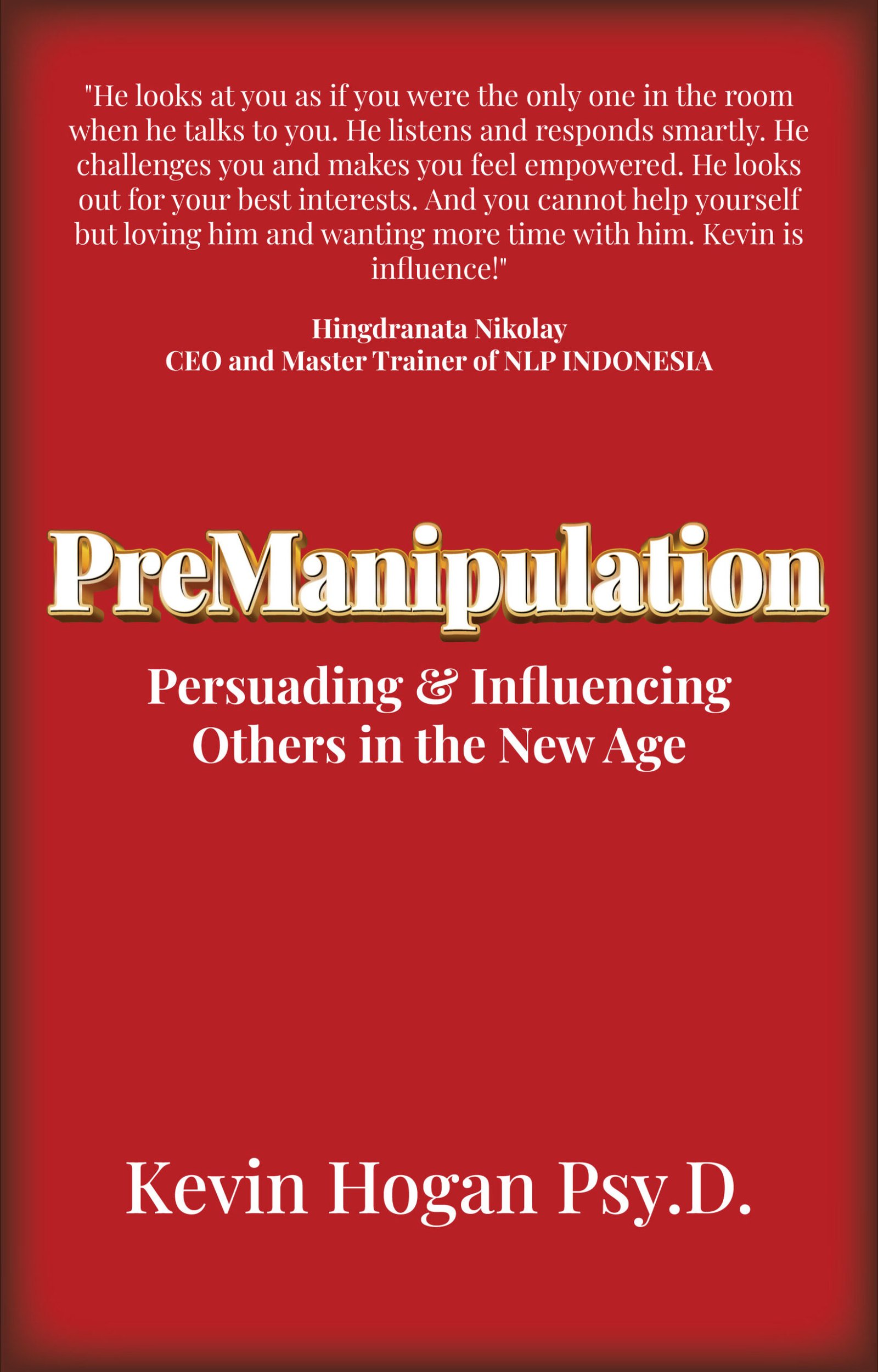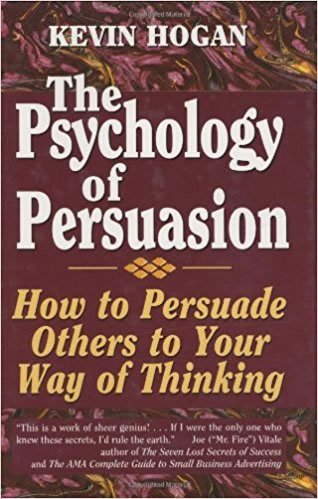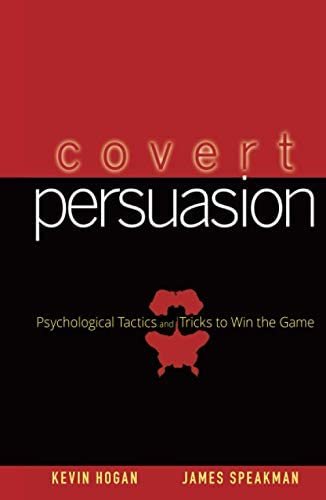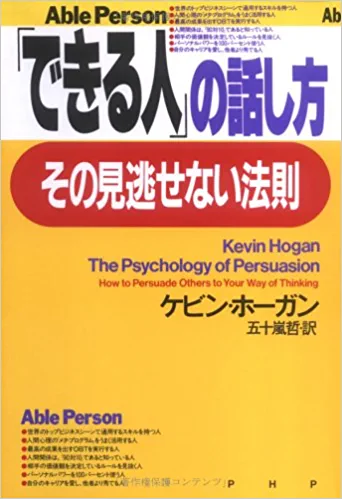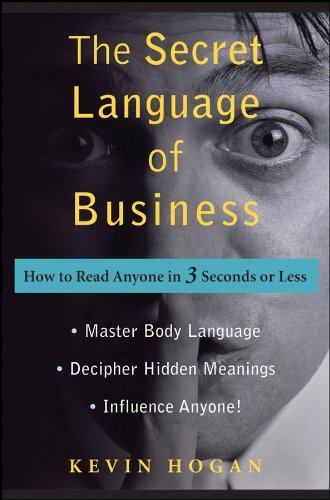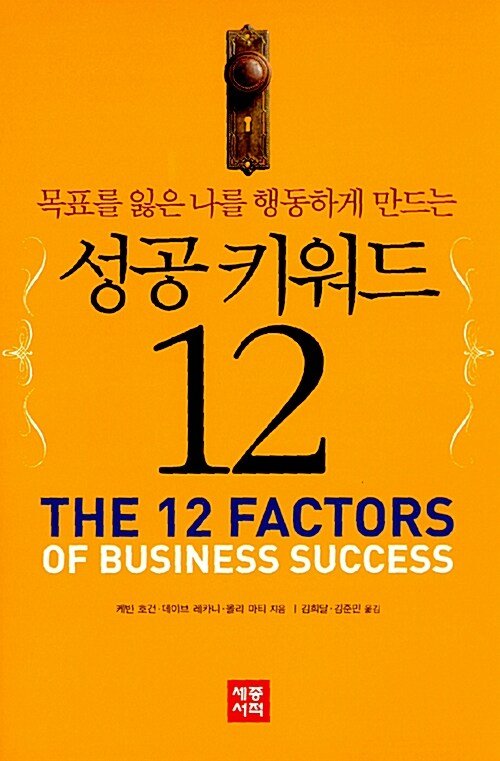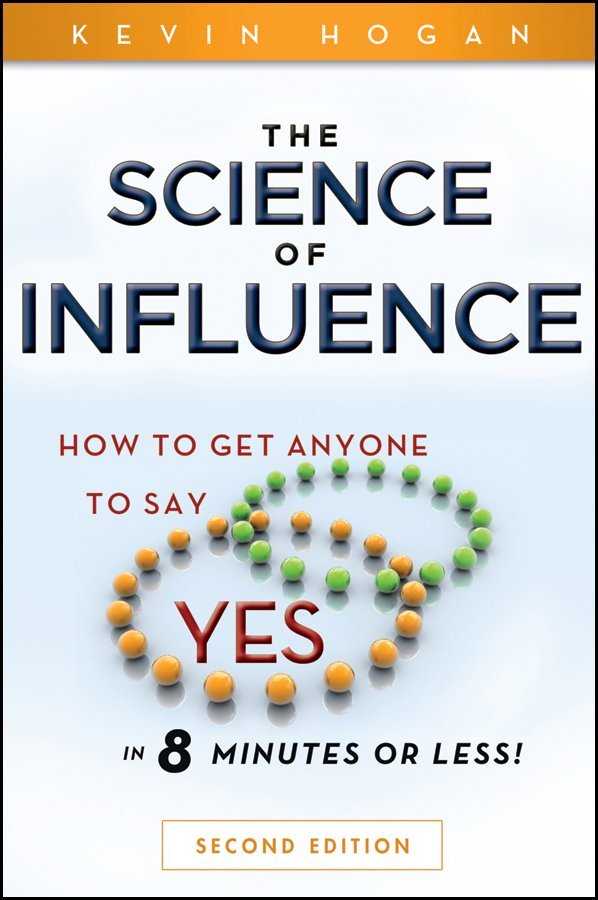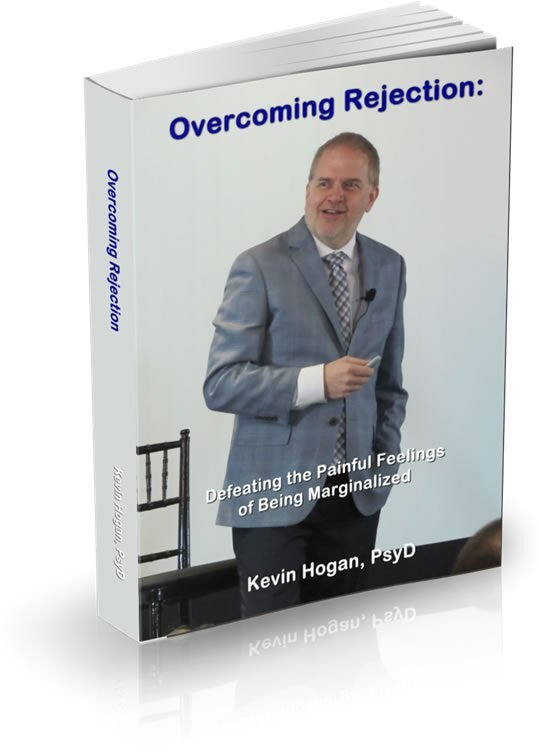Opinions form rapidly about you..
Your desired outcome is that “accepting” opinions form quickly about you and what you sell, market or represent. You want them to want to buy you, your product or service.
After Thanksgiving last year, I caught a story on the news. There were people camped out in front of a consumer electronics store to get bargains on Friday morning when the doors open at 12:01 AM. They are convinced that their waiting in line for 36 hours is worth whatever bargain might be in the store when it opens early on “Black Friday.”
People can want something so badly they demand it.
Sometimes the desired outcome of people wanting something with this degree of intensity or desperation is easily achieved to the degree where purchase is almost a life requirement. (Galaxy 7, iPhone 7, Star Wars, electricity, gas, water, etc.)
There are simply some things and experiences that people believe they must have.
Is it an “aha” point to note that you don’t see salespeople knocking on doors or filling e-mail boxes every day to sell those products?
There are also products that we simply don’t want and wouldn’t want. You can think of lots of things that you’ve seen people spend money on that you wouldn’t take as a gift if it was offered to you.
Today you find out how to “sell” something that people are INITIALLY more ambivalent about. In other words, they don’t hold much of an opinion about it, or if they do it is mildly conflicted…they have “mixed emotions.”
The fact is that this condition represents most people and most stuff in the world.
Perhaps the product might be dish soap or a cordless telephone… A mutual fund company. A life insurance company. A bank. A hosting company for a website. A type of tire for your car. A clinic. A computer brand.
Research just released reveals that impressions of mostly “neutral” products (like those just above), need to first be considered as something they might like and THEN, only when they have decided they have determined that they don’t like it, do they form the opinion of “dislike.”
That means you have an opportunity!
Have you ever walked in a shopping mall? Thousands of people. 90% don’t catch the eye except that they are all part of one large living organism. Few stand out. Those that do stand out in your mind because they are similar to you in some way, antagonistic in their appearance, significantly desirable or significantly undesirable.
You feel neutral toward most people and things and it turns out this is a bigger advantage in life than you might have guessed.
There are two crucial factors to know about “neutral” products:
- “Like” comes almost instantly.
- “Dislike” takes some thought.
What should you do when you suspect they have a dislike for you, your product or service?
Solve their Dislike.
What happens if you sense that dislike is their response?
You’re probably incorrect. The chances are reactance has been triggered and they are more afraid of being manipulated or looking foolish than they are of the product or you.
Address their dislike immediately so that the pendulum can swing back in the other direction.
The better strategy is to preclude the dislike consideration to begin with. That’s what the most successful influencers do.
Prior to the dislike judgment and when only CONSIDERING the negative/dislike, interject a few questions about irrelevant issues. (Who won the game? Is it getting cooler outside?). This is almost always enough to shut the door to dislike and open the door back up to a possible “yes” or making a sale!
More interesting is that when presented with “neutral” people, products, services, the typical bias is to feel slightly positive toward what is presented. And THEN it takes something to get the person thinking about bad things, drawbacks, etc.
When people are presented with a “neutral” product and asked, “How much do you dislike this?”…they do indeed go down that road. Same product, similar group and this question: “How much do you likethis?”…and the answer is typically the opposite.
Framing is everything….yes?
Of course…
Framing ISN’T EVERYTHING is it?
Of course not…
Whooooa…that was cool. Framing is IMPORTANT?
Of course…
(Cool huh? See how your mind followed all those tracks agreeably?)
It takes LONGER to determine that they do NOT like a neutral product than it does for someone to say, “I like it.” “I like it,” comes quickly to mind and this is one reason salespeople “miss” so many sales. They have the product sold and then they start to tell the customer all the benefits and features.
If you want YES, then MOVE QUICKLY.
Paul Herr (Leeds) and Christine Leeds (Skidmore) have done a superb job of assembling and completing much of the research I now want to show you.
A) “Positive” and “negative” emotions are NOT opposites.
Both positive AND negative emotions can and often are held at the same time toward a person, idea or object. Emotions aren’t really positive or negative…they are reactions to internal and external stimuli. That’s pretty much it…
Just because someone expresses a negative feeling or thought about you or your product in NO WAY means that they won’t want you or the product. Just because it’s the wrong color or too expensive or doesn’t have a better zoom lens or isn’t as good in low light…does NOT mean they are going to say “no.”
“The “like” and “dislike” feelings are in no way mutually exclusive of each other!
You can hate the car mechanic but you appreciate the good job he’s doing on your car. You can feel good AND bad about owning your new car.
You can love your spouse but dislike a lot of things about that person.
“Like” and “dislike” are not mutually exclusive.
Just because someone dislikes sometheing about you doesn’t mean you can’t have a great personal or business long term relationship of some kind with them!
Liking doesn’t demand agreement!
Crucial Key points
B) Positive and negative emotions are largely processed in the left and right hemisphere respectively. I’ve discussed this discovery at length and how to use this obviously important information in The Body Language Home Study Course, and how it makes or breaks a lot of decisions…for no logical reason.
C) Consumer surveys have been shown to be largely useless when they ask individuals whether they “like” something or “dislike” a product, service or attribute of something. (Herr and Leeds have now shown the neuropsychological evidence that “liking” and “disliking” are represented in memory very differently from each other.)
D) Consumers who indicate they like x, y, and z about a product and dislike a, b, c about the same product, should NOT have those “scores” averaged because they represent VERY DIFFERENT emotions in the brain and the brain does NOT average the responses to come up with decisions!
E) Positive emotion/motivation toward an object that is greater than the negative emotions/moving away responses… toward “a novel stimulus” (an unusual or fascinating object) will cause the consumer to slowly approach the object usually with very little “thought” involved. They just go in “that direction,” if the feelings are not TOO strong either way.
Think of the curious child who is fascinated by a new toy or bug or anything that creates a significant but modest motivational response. The tendency is to go “check it out.” (my interpretation of Cacioppo, Gardner, Bernsten)
“Facing neutral or unfamiliar stimuli would be weakly motivated to approach…and to engage exploratory behavior.” (unless the flight/fight response is triggered.) (Cacoppo, et al)
F) Individuals hold more favorable expectations for their own futures than others. (Regan, Snyder, Kassin,….and many other similar)
How are you going to consistently frame THAT picture?
G) ….and attribute lower health risks to themselves than others. (Hoorens & Buunk)
Same!
H) ….and form slightly positive impressions toward unknown others. (Boucher and Osgood)
I) UNLESS INTENTIONAL THINKING occurs, a person presented with a persuasive message will be persuaded. (Gilbert, Tafarodi, Malone)
Bonus Keypoints (Continued)
Negative vs. Positive: Who wins?
BIG Key Point: Extremely Negative Information is far more powerful than the same extreme of positive information. (Baumeister, et al; Taylor)
This is an absolutely CRUCIAL factor in persuasion.
Fact: Negative events elicit FAR MORE physiological, emotional, intentional thought, and behavioral activity than positive events. (dozens of studies.)
Conclusion of Herr and Page? “Negative information has a more pronounced impact on subsequent cognitive processing.”
They go on to note that individuals are predisposed to positivity. So, we lean positive until negative hits; and then it hits really hard.
The only time negativity should hit hard in your communication is when YOU inject it at the right time, with the right intention and purpose. Where there is negativity, YOU must be in control or you will always fail to gain agreement.

